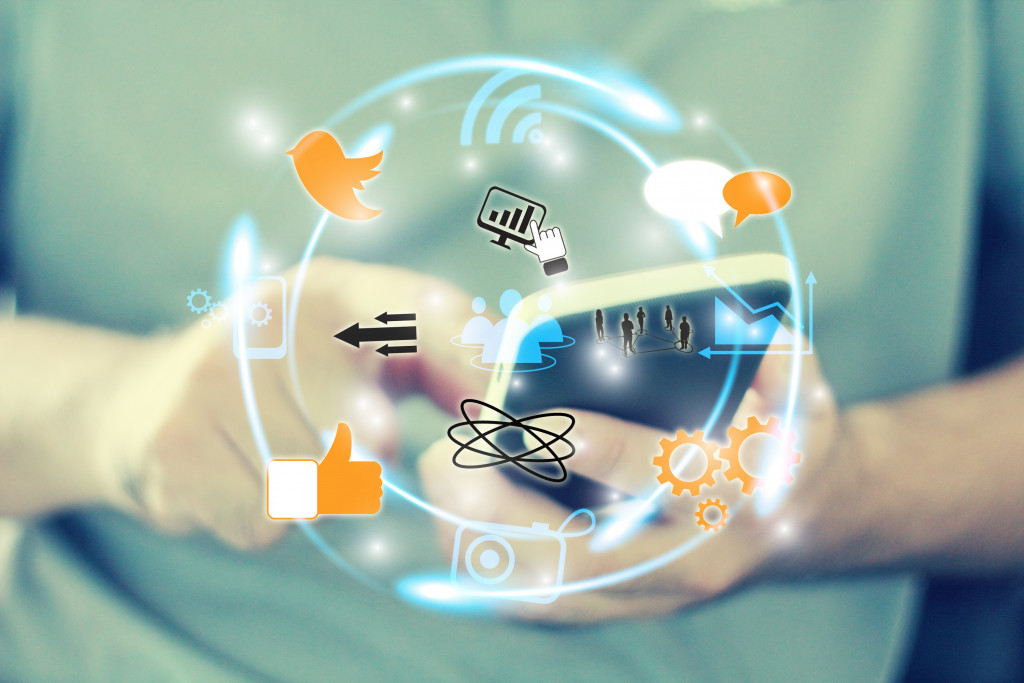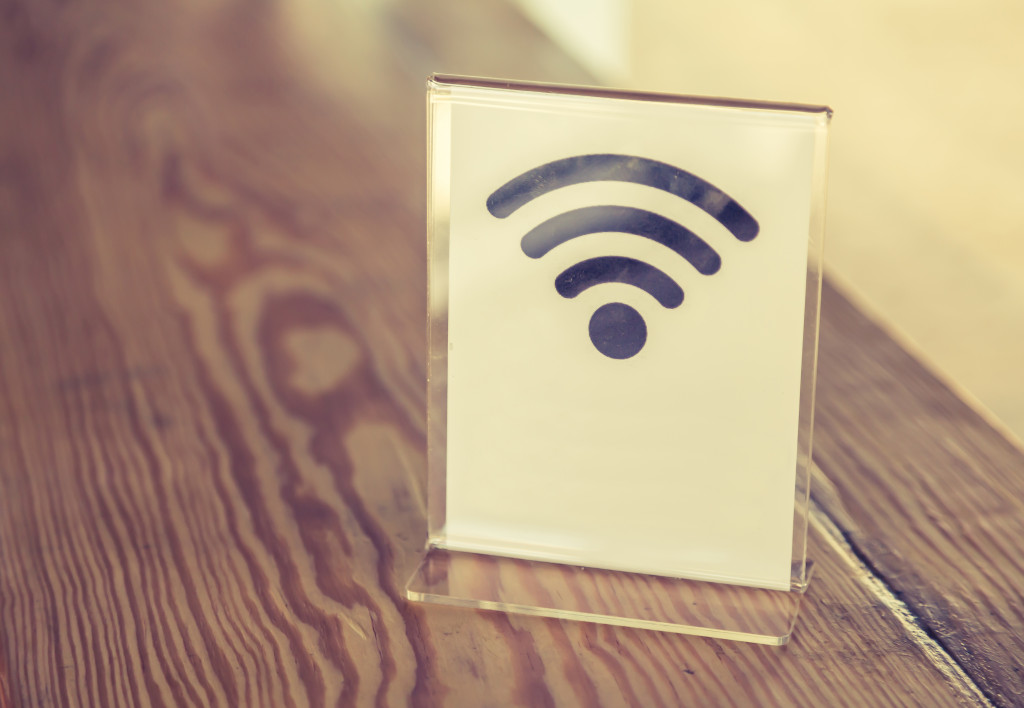- Employers can leverage employees’ phones for business use by integrating work-related apps for productivity.
- A Bring Your Own Device (BYOD) policy promotes flexibility and cost savings while requiring secure data handling.
- Ensuring robust connectivity via 5G solutions fosters productivity and enhances customer service.
- Recognizing phones as business tools can boost productivity, save costs, and improve customer satisfaction.
In today’s fast-paced business landscape, phones have become an integral communication, collaboration, and productivity tool. They facilitate real-time communication, allowing businesses to respond to customer inquiries promptly, coordinate operations internally, and make data-driven decisions. According to a study by the Pew Research Center, as of 2021, 97% of adults in the United States own a cell phone, and 85% own a smartphone. Furthermore, a report by IDC reveals that mobile workers will account for nearly 60% of the total U.S. workforce by 2024. These statistics underscore the critical role of phones in fostering business efficiency and competitiveness in the modern age.
Businesses must understand that employees’ phones are personal devices and powerful business tools. As such, they can leverage these devices to enhance productivity and employee satisfaction while reducing operational costs significantly. Here are a few ways businesses can utilize their employees’ phones for business purposes:
Integrate Work-Related Apps

By integrating relevant apps, employers can encourage employees to use their phones for work-related tasks. Since digital technology is constantly evolving, an abundance of productivity apps are available in the market. These apps cover various business needs, such as the following:
Streamline Communication
By integrating communication apps like Slack or Microsoft Teams, businesses can keep all team conversations, files, and tools in one place, making teamwork faster and more efficient. These platforms benefit remote teams as they enable seamless collaboration and real-time discussions.
Task Management
Task management apps like Asana and Trello help teams organize, track, and manage their work. They provide an easy-to-use interface where tasks can be assigned, deadlines can be set, and progress can be monitored. This increases accountability and ensures that tasks are completed timely.
Time-Tracking
Time-tracking apps such as Clockify or Toggl can be used to monitor the number of hours employees spend on various tasks. This enables businesses to better understand how time is utilized, identify inefficiencies, and optimize productivity.
Document Collaboration
Tools like Google Docs or Dropbox allow for seamless document sharing and collaboration. Teams can work on documents simultaneously in real-time, reducing the need for constant emails and ensuring everyone is always on the same page.
CRM Apps
CRM apps like Salesforce or HubSpot enable businesses to manage and analyze customer interactions and data throughout the customer lifecycle. This improves business relationships with customers and drives sales growth.
Many work-related apps are available, and businesses must carefully select the ones that best suit their needs. Companies can streamline processes and increase efficiency by integrating these apps with employees’ phones.
Implement Bring Your Own Device (BYOD) Policies
Implementing a Bring Your Own Device (BYOD) policy can be beneficial for businesses aiming to leverage employees’ phones for work-related tasks. This policy allows employees to use their devices for work, promoting flexibility and convenience.
Employees can seamlessly integrate their professional and personal lives with a BYOD policy, accessing personal and work-related apps on a single device. This can increase productivity as employees are likely more familiar with their devices, enabling them to complete tasks more efficiently.
Moreover, a BYOD policy can lead to cost savings for the company as it reduces the need for businesses to invest in hardware. However, businesses must also consider potential security risks and ensure proper measures are in place to safeguard sensitive data.
Ensure Connectivity

Ensuring connectivity is paramount for businesses aiming to maximize the utilization of employees’ phones for work. In an increasingly digital landscape, seamless connectivity fosters productivity, facilitates real-time collaboration and enhances customer service. High-quality 5G in-building solutions are integral to achieving these connectivity goals. The next generation of wireless technology, 5G, offers higher speeds, lower latency, and significant capacity improvements. By investing in high-quality 5G in-building solutions, businesses can ensure their employees have reliable connectivity in the office premises.
For instance, with robust connectivity, employees can engage in uninterrupted video conferencing, essential for remote teamwork and client meetings. Real-time document collaboration is also made feasible, where multiple team members can work on a project simultaneously without the hindrance of buffering or lags.
In sales and customer service fields, instant access to CRM apps on mobile devices allows employees to promptly respond to customer inquiries or update sales pipelines, fostering customer satisfaction and driving business growth.
Final Thoughts
In conclusion, businesses must recognize phones’ significant role in the modern workplace. By integrating work-related apps, implementing BYOD policies, and ensuring connectivity, businesses can fully harness the potential of employees’ phones for business purposes. Companies can achieve increased productivity, cost savings, and improved customer satisfaction with proper strategies. As technology advances, businesses must stay updated and embrace using employees’ phones for work-related tasks.